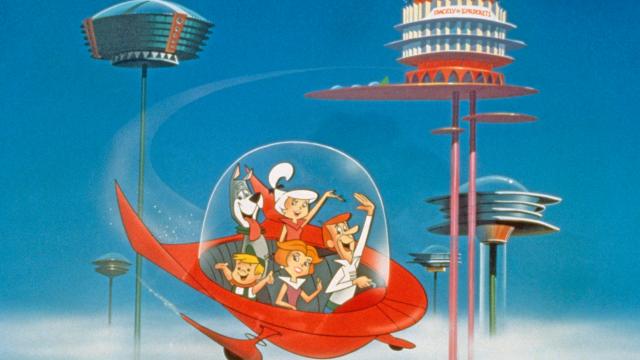Flying cars are many years away, right? Well, maybe not. At least that’s what UNSW aerospace design expert, Dr Sonya Brown, from the School of Mechanical and Manufacturing Engineering told us this week.
In a post, Dr Brown reignited the conversation. She said while the idea of hovering motor vehicles might once have been considered farfetched, it’s certainly not the case today. She believes cars in the sky will offer us another means for short and personalised travel. And that they promise a bit of relief for the environment.
What Exactly Is A Flying Car?
Flying cars in this context resemble a cross between a drone and a small aircraft, so most will have wings and typically include between four to eight rotors.
They can fly a few hundred to a few thousand metres above the ground, occupying the air space above where you’d expect to see drones, but below standard flying commercial aircrafts.
While it probably won’t get someone from Sydney to Melbourne on one battery charge, flying cars could potentially travel up to 250km in one ride.
Who Is Making Flying Cars, Though?
Dr Brown considers early adopters of this technology to be the likes of rideshare companies and emergency services.
But let me remind you Uber already tried this.
Uber Elevate, formerly known as Uber Air and now owned by someone else, was touted by the company as an “urban aviation ride-sharing product”. Uber was pushing the service as a response to ease traffic congestion on the ground. In reality, the idea was a bold, expensive, and dystopian dream.
The company announced in August 2018 it would launch in Australia, Brazil, France, India and Japan.
In order for Uber to get an aircraft up in the air in Australia, it would need to pass through CASA’s vigorous approvals process. This included pilot approval, approval to carry passengers, and the aircraft itself — which didn’t even exist. Airservices Australia and the Department of Transport also needed to be involved. Long story short, it cancelled its plans.
There’s also others investing heavily in the space, for example Hyundai.
Environmentally Friendly, At Least More Than A Typical Car
Prototypes of flying cars are currently being designed with electrically powered rotors. This means they can be battery operated.
Dr Brown said as long as the batteries are recharged in a sustainable manner, for example using wind or solar energy, the flying cars won’t emit any harmful emissions into the environment.
“With growing research in the renewable energy sector, I think there’s huge potential to consider other alternative energy sources, such as hydrogen, to power the flying cars in the future,” she added.
OK So No Flying Cars Just Yet?
There’s obviously some roadblocks, so to speak.
Some of the challenges the industry is looking to solve are around regulation and traffic control.
Similar to commercial flights, flying cars will need traffic control rules, corridors and flight paths to establish right of way to avoid any potential collisions.
“There’s a lot of work going into developing collision avoidance systems, particularly focusing on how these vehicles are going to communicate with each other to make real-time decisions on things such as right of way,” Dr Brown said.
“There’s also an appetite from industry to make them pilotless or remotely piloted.”
She said even though future flying car models could be autonomous, users may need much more experience than a simple driver’s licence to get behind the wheel of one.
